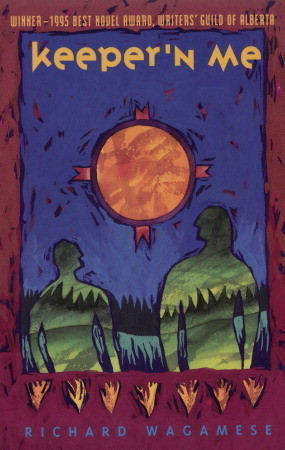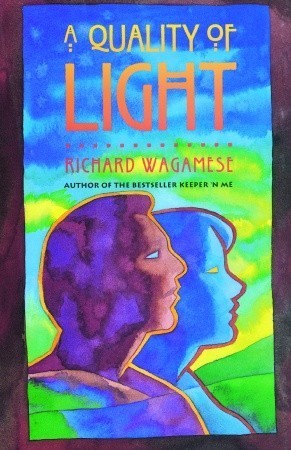
Moon of the Turning Leaves
Book Description
A devastating storm shatters the fragile peace of a small Indigenous community, leaving secrets and old wounds exposed. As families confront the echoes of their pasts, tensions rise and relationships are strained to the breaking point. Amidst the chaos, a young boy seeks solace in the wisdom of tradition while grappling with fear and uncertainty. Interwoven narratives reveal the strength of resilience and the power of community, but can love truly heal the rifts created by loss? As the moon rises over turning leaves, what will emerge from the shadows of tragedy?
Quick Book Summary
"Moon of the Turning Leaves" by Waubgeshig Rice immerses readers in an Indigenous community on the edge after a devastating storm. With fragile peace shattered, long-standing secrets and unresolved wounds surface, challenging relationships and testing the resilience of individuals and the group as a whole. The interconnected narratives focus on a young boy searching for solace in tradition while grappling with the anxiety of an uncertain future. The novel explores cycles of trauma, the endurance of cultural traditions, and the healing potential found in community amidst horror and dystopia. Through rising tensions and heartbreak, Rice crafts a moving portrayal of love’s power and the unbreakable spirit of Indigenous communities in the face of both natural and emotional storms.
Summary of Key Ideas
Table of Contents
Resilience and Cultural Strength
After a catastrophic storm devastates an Indigenous community in rural Canada, the already tenuous sense of stability is upended. The disaster forces families into close quarters, reigniting buried conflicts and drawing out secrets that have long festered under the surface. As basic resources are threatened and trust erodes, fear begins to suffuse daily life, exposing both the vulnerabilities and the deep connections within the community.
The Impact of Trauma and Loss
Central to the narrative is a young boy who, amid the chaos, seeks understanding by turning to traditional teachings and the elders' wisdom. His personal journey serves as a microcosm of the community’s larger struggle: to process overwhelming loss while finding strength in ancient customs and storytelling. Through his eyes, the enduring relevance of tradition becomes a source of comfort and direction in the face of despair.
Community and Collective Healing
Multiple perspectives interplay throughout the novel, allowing readers to witness how trauma reverberates differently within each character. Some respond with withdrawal or anger, while others reach out for connection and healing. Collective experiences—whether moments of ritual, shared grief, or simple acts of kindness—become opportunities for reckoning with pain and for reimagining the future of the community.
Tradition as a Guiding Light
The story spotlights the friction between those who wish to leave the past behind and those who feel its lessons must shape a new way forward. This tension is heightened by the ever-present threat of further disaster and the encroachment of wider societal collapse, weaving in elements of both horror and dystopia. Amid these pressures, individuals are compelled to make difficult choices about loyalty, forgiveness, and the community’s survival.
Tension Between Past and Present
Ultimately, the novel reflects on the cyclical nature of healing and the importance of intergenerational bonds. Even as the storm’s aftermath tests everyone’s endurance, the moon rising over the turning leaves marks a moment of reflection and possible renewal. Waubgeshig Rice ultimately suggests that, while tragedy leaves scars, love and cultural strength offer the surest path to lasting recovery and unity.
Download This Summary
Get a free PDF of this summary instantly — no email required.





